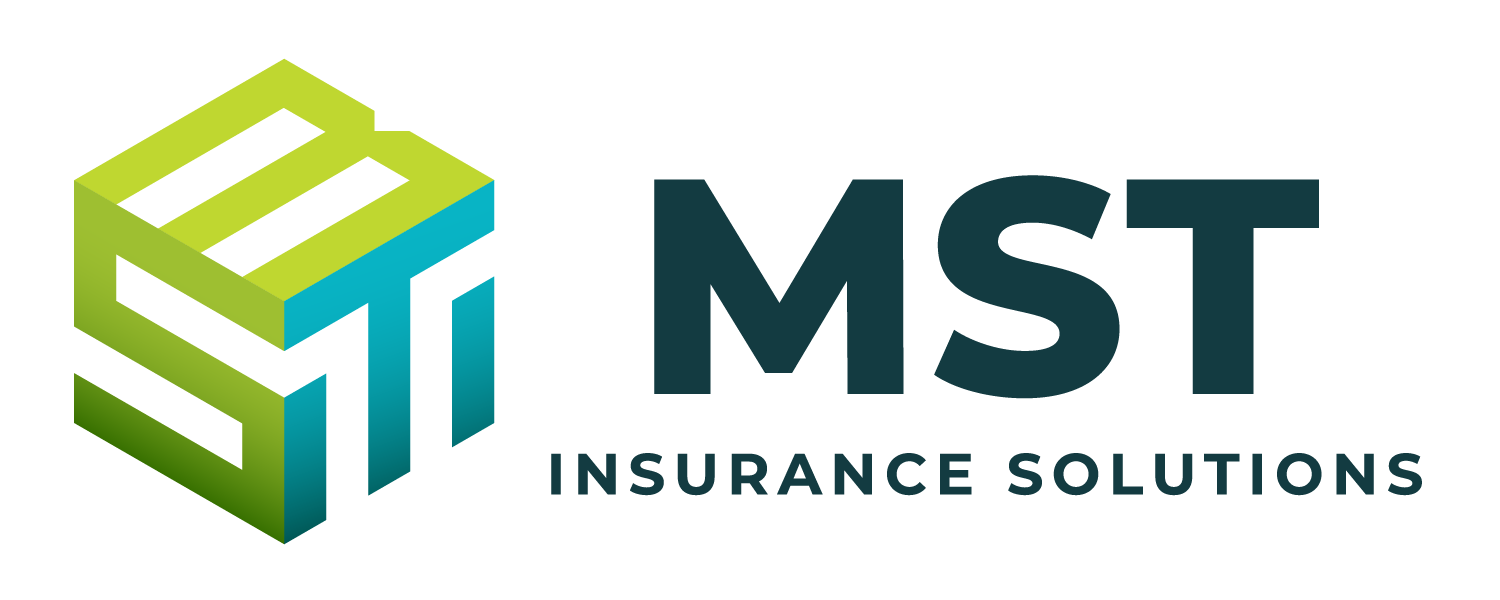In today’s market, HR professionals must adapt to the changing expectations of organizations and employees amid difficult economic conditions. As such, proactive HR leaders and professionals will approach 2024 with strategies that incorporate artificial intelligence (AI) into everyday operations, satisfy employee demands for greater compensation and flexibility, and conform to evolving compliance standards. Organizations will benefit from putting people first and responding to what their workers need.
To aid HR professionals in meeting organizations’ and employees’ demands and desires, this article highlights six HR trends to follow in 2024.
1. Artificial Intelligence
In 2023, AI exploded in popularity. Many employers adopted this technology to streamline operations, enhance workflows andimprove customer experience. Looking forward, employers will increasingly leverage AI in workforce and organizational operations. As such, AI will likely play a greater role in helping employers and HR professionals make employment decisions, complete repetitive tasks and evaluate organizational data.
However, as AI becomes commonplace, employers will have to shift their focus to prioritize ethics and compliance-related issues associated with this technology. This will likely include addressing how data will be used with generative AI, who will use the technology, and how best to comply with changing laws and regulations. Furthermore, employers will continue to focus on issues of transparency, privacy and potential discrimination when using AI in 2024.
2. Skill Gaps and Skills-based Hiring
Going into 2024, employers are still struggling to find talent with the right skill sets. Although the most recent labor report by the U.S. Bureau of Labor Statistics found there were 6.3 million unemployed individuals, pervasive skill gaps continue to challenge employers looking to attract top talent. This year, employers may refocus their hiring efforts on finding employees with the right skills rather than a specific experience or education. This concept, known as skills-based hiring, evaluates candidates based on their skills and capabilities rather than traditional qualifications, such as degrees or experience.
Organizations that provide robust learning and development initiatives can consider hiring workers who are an excellent cultural fit and training them on specific skills or tasks later. By recognizing workers’ abilities to learn and develop, this hiring method allows organizations to find skilled candidates for their open roles instead of trying to mold candidates to a set job profile.
3. New Compliance Rules
Recent compliance and regulatory actions will impact organizations in 2024. Many states have enacted new benefits laws regarding paid parental, medical and family leave, retirement plan options, sick time and paid time off to vote. In 2023, the U.S. Department of Labor also proposed a new overtime rule, which is expected to address how to implement the exemption of executive, administrative and professional employees from the minimum wage and overtime requirements of the Fair Labor Standards Act (FLSA). It could also provide clarity for classifying exempt employees and increasing their salary levels under the FLSA. This rule is expected to take effect in 2024.
Expanding pay transparency laws will also impact employers in 2024 and beyond. Data from the National Women’s Law Center revealed that more than 1 in 4 workers are currently covered by pay transparency laws. As more states and localities embrace pay transparency, more employers will likely be affected by these regulations. Navigating different pay transparency regulations can be challenging, especially for employers with employees in multiple states. Savvy employers will stay current with evolving state and local laws and take proactive measures to avoid potential litigation.
4. Return to Work
Employers are increasingly requiring employees to return to the office despite the widespread popularity of flexible work arrangements. According to a recent survey by ResumeBuilder, 9 in 10 organizations with office space will require employees to return to in-person work by 2024. This shift has been marked by increased scrutiny of workers and employee backlash at some organizations. Many employers worry that pressuring employees to return to the office could cause increased turnover or damage their reputation.
In 2024, proactive employers will focus on balancing in-person requirements with employee expectations and desires.
5. Employee Engagement
Employee happiness and engagement have declined significantly since the beginning of the COVID-19 pandemic. A recent study by software company HR Bamboo found that employee happiness declined 6% from the start of 2020 to the present. In 2023, employee happiness dropped even quicker, with a decrease of 9% since January. Some HR experts have referred to the sharp decline in employee engagement as “the Great Gloom.” This trend indicates a strong link between employee engagement and economic and societal conditions.
Furthermore, high inflation has caused many organizations to adopt cost-cutting measures, such as layoffs or heavier workloads for employees, which can increase stress, decrease morale and contribute to a negative workplace environment.
In the next year, employers will increasingly focus on driving employee engagement. Savvy employers will recognize that employees’ needs and expectations shift with the economic climate and will adjust to meet evolving employee demands. These strategies may include a renewed focus on honest and transparent communication, psychological safety, fairness and belonging.
6. Competitive Compensation
Although the labor market has eased somewhat from previous years, employers predict attraction and retention challenges will persist into 2024. Many employers will respond with competitive raises to help their workforce manage the increasingly high cost of living. According to the latest Salary Budget Planning Survey by consulting firm Willis Towers Watson, U.S. employers are planning an average salary increase of 4% for 2024. This is slightly down from the 4.4% average salary increase budget in 2023 but higher than the 3.1% salary increase budget in 2021 and 2020. Employers are also embracing benefits, such as workplace flexibility and broad health care coverage, to improve the employee experience and boost attraction and retention.
Summary
HR professionals can stay ahead by monitoring trends that will impact the workplace in 2024 and resonate with current employees. As employee expectations continue to evolve, employers who elevate and strengthen their workforce strategies will have a competitive advantage when supporting and attracting today’s workers.
HR professionals can stay ahead by monitoring trends that will impact the workplace in 2024 and resonate with current employees. As employee expectations continue to evolve, employers who elevate and strengthen their workforce strategies will have a competitive advantage when supporting and attracting today’s workers.
For a copy of this notice, click here: 6 HR Trends to Monitor in 2024

